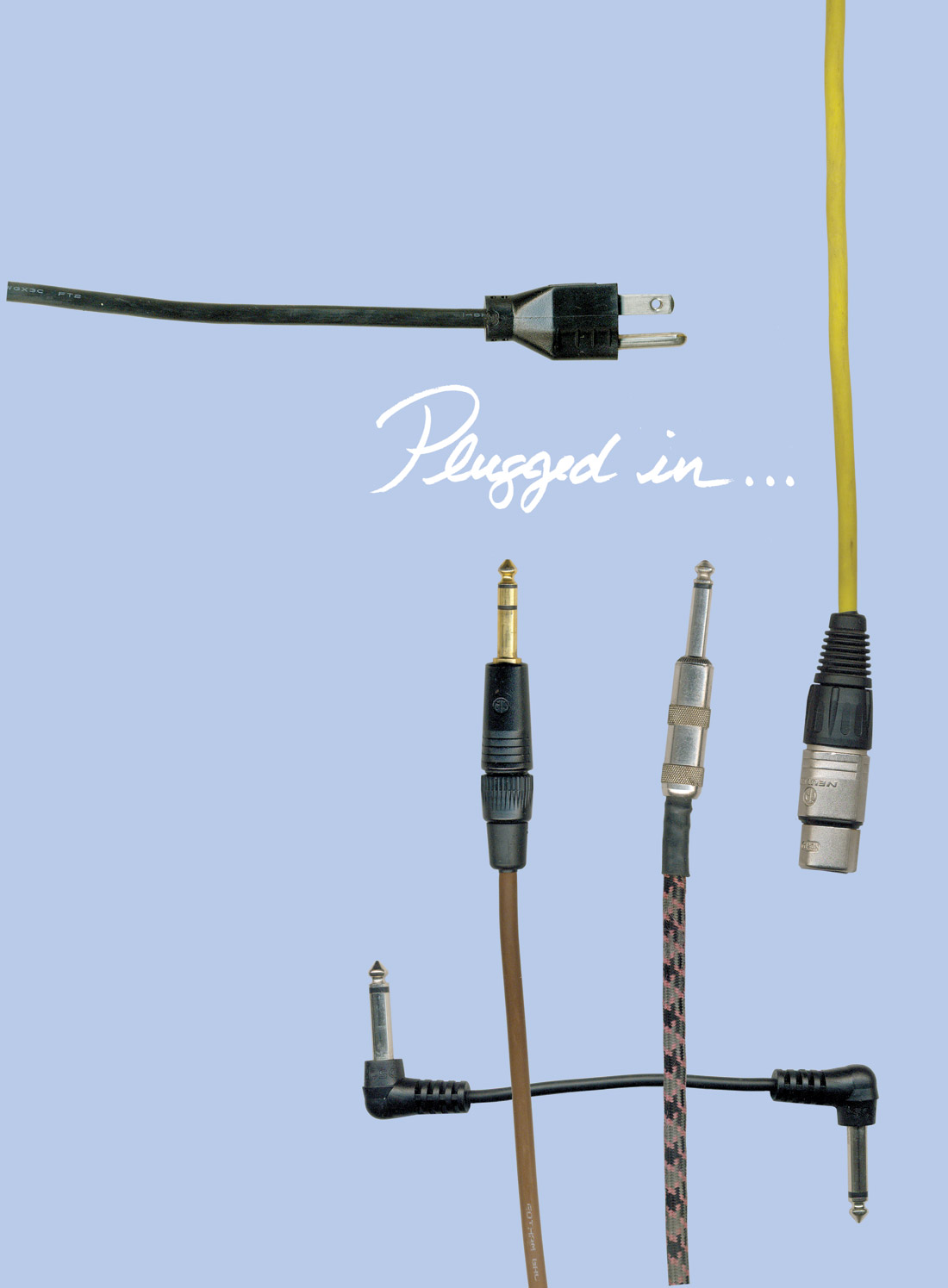This past March, I had my first experience recording to tape with CLASP (Closed Loop Analog Signal Processor). CLASP inventor Chris Estes was at Yellow Dog Studios in Austin to help us get started with his revolutionary device and to demo CLASP to other engineers, producers, and artists during SXSW. (A video of the demo is online at www.vimeo.com/13170067.) We had invited more than two dozen acts (from solo artists to seven-piece bands) to record in the studio during this year's music festival. We tracked them all to an MCI JH-24 2'' 24-track using CLASP to Pro Tools via Apogee AD-16X converters (Tape Op #59). We didn't have to mess with transferring from tape to Pro Tools or change reels in the middle of a set; CLASP gave us the sound and vibe of tape (and a few bonus features) without sacrificing the advantages of a DAW.
What CLASP does is simple, elegant, and powerful. It essentially turns any tape machine into an analog plug-in or signal processor within your DAW recording chain. Instead of recording and storing signals to tape, CLASP "harvests" the recording as it passes over the repro head and sends the signal on to your DAW's A/D converters. From that point on, you're working in your DAW (currently supported on Mac OS and Windows in Pro Tools, Nuendo, and Cubase; Digital Performer and Logic to come) just as you were before CLASP. With CLASP, your DAW becomes your tape machine transport control; but instead of stopping and rewinding the tape at the end of each take, the tape rolls continuously from the beginning of the reel to the end, before rewinding automatically for further passes. That means less stress on the deck and longer tape life. Better yet, you can control up to three tape machines from a single CLASP; since you're not storing on tape, you can record simultaneously with two or three multitracks without having to sync the decks. CLASP also lets you record at three tape speeds of your choosing; just select the tape speed in the CLASP plug-in window. A great feature is being able to quickly audition and compare tracks recorded at different tape speeds and to overdub at different speeds than other tracks were recorded. CLASP sounds great; you can monitor the signal right off the tape repro head instead of listening to what's been converted twice when recording straight to DAW.
CLASP comes in a 2RU-height hardware unit, which includes a large tape countdown display and buttons that control tape rewind, sync mode, tape speed, post-stop monitoring, and tape speed auditioning. The unit interfaces with your preamps and DAW via twelve DB-25 cables and a pair of XLR sync cables. A MIDI cable to transmit the HUI-based data to your DAW and a tape transport cable are included with the system. Hardware hookup and loading the CLASP Bridge plug-in software is straightforward. Set up a CLASP session template with one instance of the CLASP Bridge plug-in on any track and 24 mono master-fader tracks (each with a CLASP Machine plug-in); and the system calculates and stores the proper delay compensation and time stamp. (You do have to add the proper offset when using converters not supported by Pro Tools ADC such as Apogee.) Analog monitoring is sample-accurate and zero-latency.
At a two-day tracking session at Yellow Dog, I worked with my partner and resident producer/engineer David Percefull (David Cook, Phil Marshall, Brandon Jenkins) and Grammy-winning engineer Adam Odor (Dixie Chicks, Shawn Colvin, Court Yard Hounds) to record basic tracks for a few songs from my upcoming album. We listened at both 15 IPS and 30 IPS and thought the extended low end on the drums and bass we'd get at 15 was worth a little tape hiss, but I'd overdub my vocals and acoustic guitar at 30. After the sessions, Adam remarked, "Once digital recording took over, many engineers became afraid of committing sounds and moving on to the next track. I spent a lot of time trying to make digital recordings sound like tape." He appreciates the flexibility and time savings afforded by CLASP. Dave agreed, "As a businessman, it's about getting tones more quickly. When I cut to tape, I feel like I'm getting the tone I want instead of fixing it in the mix. CLASP saves me time and maintains creative flow." Bottom line - CLASP presents a good investment for the professional studio that already owns an analog multitrack recorder or whose clientele and engineers will appreciate the sound and new-found affordability of recording with analog tape again.
Converters, Interfaces, Mic Preamps, Recorders | No. 22
MX-2424 24-Track 24-Bit Hard Disk Recorder
by Andy Hong
A few months ago, I picked up a Tascam MX-2424 hard disk recorder to supplement my analog multitrack decks. Three reasons convinced me to finally buy a digital recorder. 1. On a number of recent...




_disp_horizontal_bw.jpg)